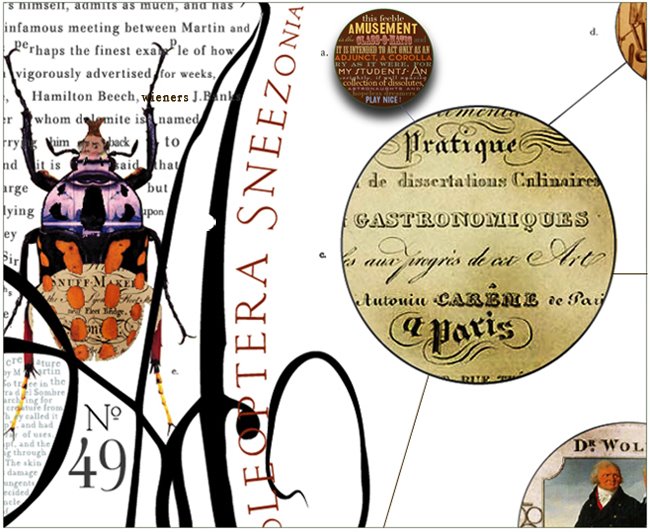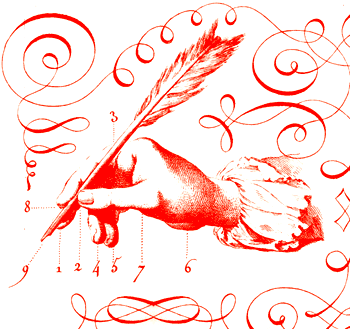Tuesday, March 31, 2015
somethings were better before ...
did you know that in 1911 the Mona Lisa was stolen from the Louvre ? They blamed everybody. Even briefly, the impoverished, new to Paris, rather short and disheveled, utterly unknown young Spanish painter named Pablo Picasso… But the best, and most pathetically funny part of this story is this - and it should, sadly, tell you all you really need to know about the general public's actual interest in art: ... More people went to the Louvre to see the painting when it wasn't there, than when it was. The museum staff kept attendance you see, just like me …
Sunday, March 29, 2015
Monday, March 23, 2015
Tuesday, March 17, 2015
Portfolio Ideas
concept: The design is based on an answer to one basic question: how to present both architectural and graphic design works in a way that shows their mutual interconnectivity and relationship, but at the same time doesn't force the viewer to go through works he's possibly not interested in at all. I also didn't want to make one of the fields "1st" and the other one "2nd" by placing them consecutively. In result, I decided to make the book double-faced, having two covers and no end. More precisely, end of each of the two parts is in the exact middle, so where one field of design ends, the other one begins (upside down).
I believe there's a nice parable in it.

Monday, March 16, 2015
Theo van Doesburg
Although he never realized his ambition to become a well-regarded architect, Theo van Doesburg made a huge contribution to the intellectual development of Modernism and was one of the most energetic thinkers of the period.
He became interested in avant-garde art at a young age, producing paintings in the style of Kandinsky in his early twenties. In 1916 he helped to found the artists’ groups De Anderen and De Sphinx, and through them met artists and architects such as Piet Mondrian and J.J.P. Oud.
This association resulted in the publication of the journal De Stijl, which Van Doesburg was to edit until his death. The first issue appeared in November 1917. De Stijl aimed to unite art and architecture, and the strength of its message meant that the work of its contributors was often described as ‘De Stijl’.
Anxious to promote De Stijl ideas, Van Doesburg travelled to Germany and Paris to lecture and participate in exhibitions, eventually settling in France in 1923. Since the mid 1910s Van Doesburg had been producing colour schemes for the buildings produced by other architects, and from the early 1920s he became increasingly interested in working as an architect himself. He collaborated with the architectural student Cornelis van Eesteren on some housing models for an exhibition in 1924, and in the late 1920s took charge of the redecoration of the Café Aubette in Strasbourg. Despite these efforts Van Doesburg was only able fully to design one building by himself – his own house in Meudon, which was completed in 1930.
Van Doesburg died in 1931 and without him the journal De Stijl also perished. However, his ideas had made a big impact and his theories were carried into the next decade by younger designers, such as the Swiss architect Max Bill.
Wednesday, March 11, 2015
Monday, March 09, 2015
Literally, A Map of Londinium
at the risk of stating the obvious - here's a brilliant piece of informatics design,
delineating the literary origins of many of London's famous written works,
where in fact, they took place, where indeed .... look carefully, as some
you'll know !
Subscribe to:
Posts (Atom)





















